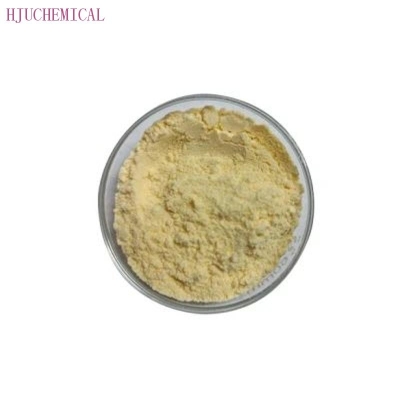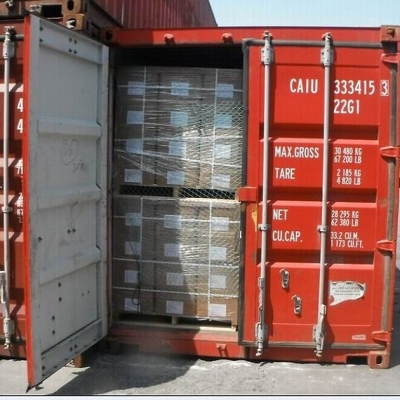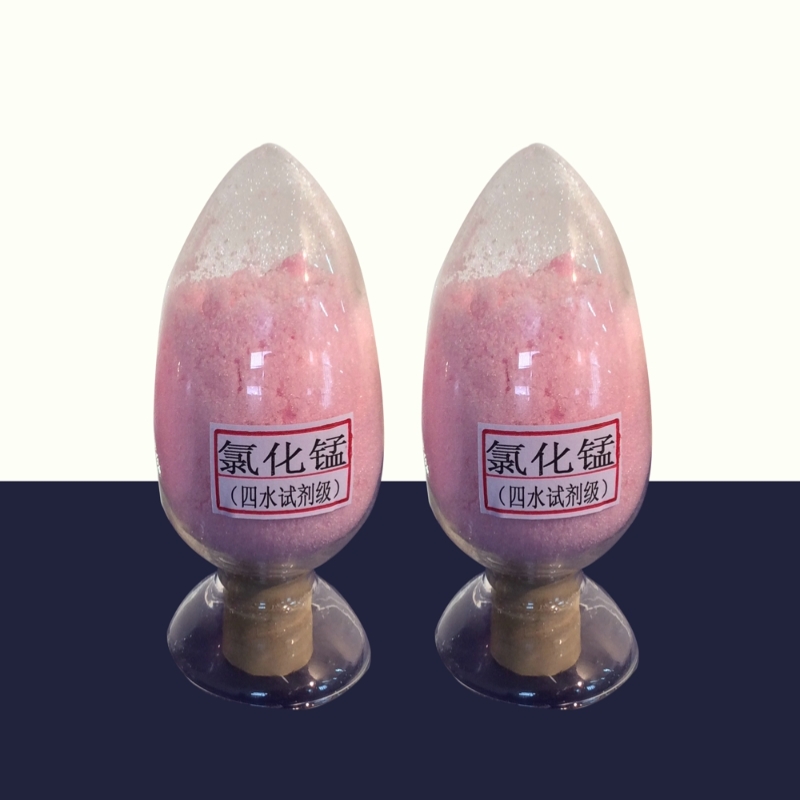-
Categories
-
Pharmaceutical Intermediates
-
Active Pharmaceutical Ingredients
-
Food Additives
- Industrial Coatings
- Agrochemicals
- Dyes and Pigments
- Surfactant
- Flavors and Fragrances
- Chemical Reagents
- Catalyst and Auxiliary
- Natural Products
- Inorganic Chemistry
-
Organic Chemistry
-
Biochemical Engineering
- Analytical Chemistry
- Cosmetic Ingredient
-
Pharmaceutical Intermediates
Promotion
ECHEMI Mall
Wholesale
Weekly Price
Exhibition
News
-
Trade Service
Disodium monofluorophosphate (DFP) is a commonly used fluoride source in the chemical industry.
It is used in a variety of applications, including metal finishing, photography, and semiconductor manufacturing.
DFP is typically synthesized through a series of chemical reactions, which can be classified into two main categories: direct and indirect synthesis.
Direct Synthesis Route:
The direct synthesis route involves the reaction of sodium phosphate with fluoride ions.
The reaction typically takes place in the presence of a Lewis acid catalyst, such as aluminum chloride.
The reaction is exothermic, and the product is collected by precipitation with an inert salt, such as sodium chloride.
The reaction is as follows:
Na2HPO4 + 2F- → 2NaFPO3
Indirect Synthesis Route:
The indirect synthesis route involves the reaction of sodium hydroxide with fluoride ions to form sodium fluoride, which is then hydrolyzed to form DFP.
The reaction typically takes place in the presence of a solvent, such as water or a polar organic solvent.
The product is collected by filtration and washed with water.
The reaction is as follows:
NaOH + F- → NaF + H2O
NaF + H2O → NaFPO3
Advantages of Direct Synthesis Route:
The direct synthesis route has several advantages over the indirect synthesis route, including higher yield, lower cost, and easier scale-up.
The reaction is also more environmentally friendly, as it generates less waste and is less likely to produce hazardous byproducts.
Disadvantages of Direct Synthesis Route:
The direct synthesis route also has some disadvantages.
The reaction requires the use of a Lewis acid catalyst, which can be expensive and difficult to handle.
The reaction also generates a significant amount of heat, which can increase the risk of explosion or fire.
Advantages of Indirect Synthesis Route:
The indirect synthesis route has some advantages over the direct synthesis route.
The reaction is more mild, and does not require the use of a Lewis acid catalyst.
The reaction can also be carried out in the presence of water, which makes it more environmentally friendly.
Disadvantages of Indirect Synthesis Route:
The indirect synthesis route also has some disadvantages.
The reaction typically produces a lower yield of product, and requires more steps to isolate the desired product.
The reaction also generates more waste, and is more expensive than the direct synthesis route.
Applications of Disodium Monofluorophosphate:
DFP is widely used in a variety of applications in the chemical industry.
In metal finishing, DFP is used to brighten and clean metal surfaces, and to prevent corrosion.
In photography, DFP is used in the development of silver halide films.
In semiconductor manufacturing, DFP is used in the etching of silicon wafers.
Conclusion:
Disodium monofluorophosphate is an important chemical in the chemical industry, with a wide range of applications.
The direct synthesis route is more advantageous than the indirect synthesis route due to its higher yield, lower cost, and easier scale-up.
However, both routes are important for the production of this important chemical.
With proper safety measures and handling, DFP can be safely synthesized and used in various industrial applications.







